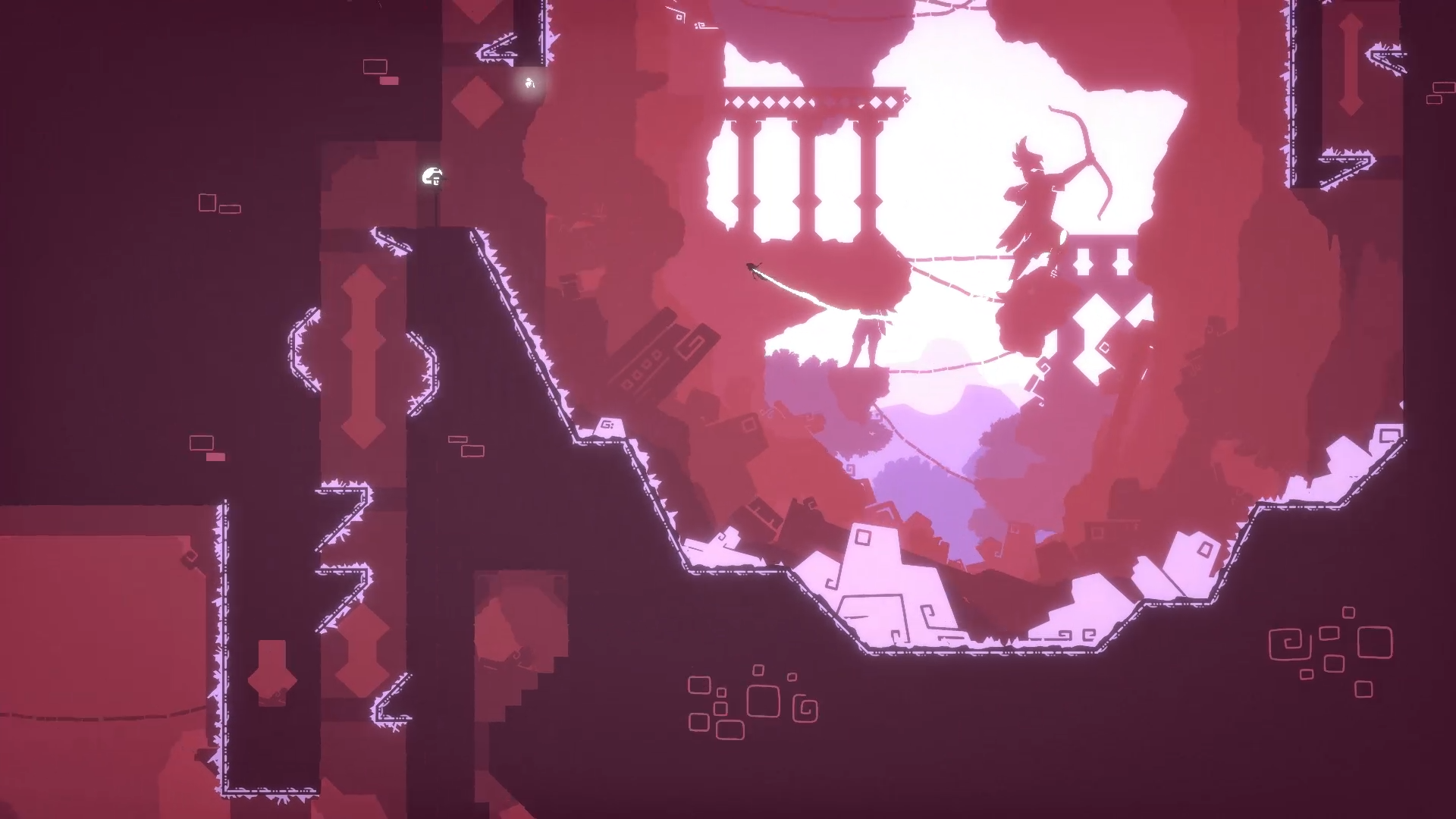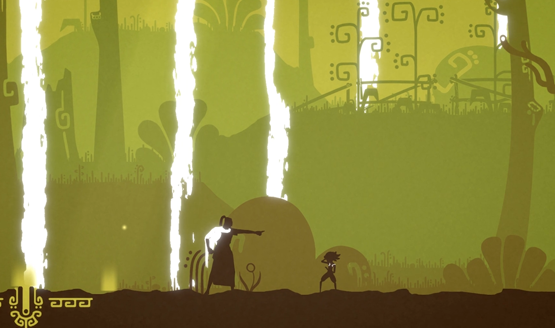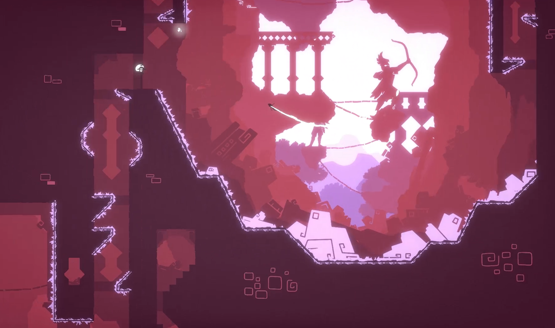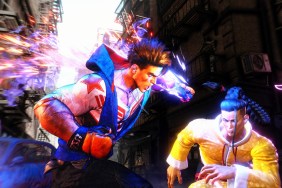Video games can be a variety of things. There are games that are beautiful works of art, there are games that are extreme challenges, and then there are the games that are a cross section of the two. When I started The King’s Bird, I was enamored by its minimalist beauty. The side-scrolling gameplay was serene, the audio musical in every aspect, including character voices. There’s a loose story in The King’s Bird, designed to be interpreted by the player. A rebellious daughter who wants out of her bubble. A mighty king that holds a great power over the dangerous lands that lie beyond the edge of the city. But as soon as the game is given a chance to soar, it’s brought down by its own tight restrictions.
Beyond the intro, when you first gain the powers of intermittent flight, The King’s Bird is simply a precision-based platformer akin to Super Meat Boy or N++. Difficult and specific platforming sections require precise input in order to conquer them. Death is followed by swift restarts, followed by more death and restarts until you can nail your way through a section perfectly. Checkpoints are generous enough that death won’t mean the loss of a ton of progress in each level, but if you want to go for the best times in each stage, perfectly flowing through from beginning to end is the key.
What sets The King’s Bird apart from other challenging platformers is the unique momentum-based flight mechanics that allow your character to soar through the levels. Dip down and you’ll gain enough momentum to shoot back up and land on the other side of a large gap. Interplay between R2 and L2 is important. One enables the flight, and the other gives you a slight boost along a surface, which is necessary to combo certain sections and gain or retain momentum to move through it. While succeeding in a seemingly tough section provided a feeling of elation, the correlation between these two mechanics never felt consistent enough that I felt that I “got” the controls. Often I just counted myself as a little bit lucky that I had mashed the two triggers at the correct times and in the correct cadence to make it through in a way that seemed like I had purpose.
The Hum of Success and Failure
Early on, when the margin of error is a little bit wider, there’s a serenity to the challenge. The way that The King’s Bird plays with audio is pure synesthesia, melding sound with gameplay in a way that delighted my senses. As the main character takes flight, she adds her own hum to the mesmerizing soundtrack. Failure after failure, I wanted to be upset, but I also just wanted to fly; to hear her voice again. The stunning sound and simple visuals add a clam and zen, even when it felt like it should be the most frustrating. Even when I was failing, there was still a freedom and beauty to it all. Until I hit the breaking point.
Eventually the threshold for mistakes is tightened, but the gameplay is not. The momentum-based flight remains somewhat finicky and imprecise, yet The King’s Bird requires you to thread the needle in ways that would even make Team Meat chuck a controller. To be fair to Serenity Forge, they did add extensive options under an Assist Mode, which can make the game much more accessible. These options range from gaining unlimited cloak to be able to fly to slowing down the game’s speed and offering the ability to skip to the next checkpoint if you’re failing a lot, among many others. Accessibility is commendable, but the game still boils down to a bunch of challenge levels with next to no narrative context. Even if you’re able to breeze through each stage, it feels like something that was hinted at early on in The King’s Bird goes missing.
Whether it’s a better initial ramp to explain the nuances of the mechanics or more narrative context within each stage (even at an entirely interpretive level), The King’s Bird simply feels like it sets aside all of those ideas for the sake of suddenly presenting players with a challenge. That idea feels entirely disparate from what The King’s Bird sets up in its opening moments, going from a sense of player freedom and interpretive storytelling, to simply wanting to test players’ patience for precision platforming. Just like its spike-laden walls that stop your character from flying, The King’s Bird’s own challenges halt the momentum that it gains early on. Synesthesia works both ways, and when the in-flight hums kept stopping before they’d even begin, the audio revealed exactly when The King’s Bird started falling short.
The King’s Bird has a lot of potential in both the challenging and the serene, but its tolerances for mistakes get just a little bit too tight. It wants to be two games. On the one side, there’s an almost Journey-like indie with beautiful gameplay, audio, and visuals that calm the mind and soothe the soul. On the other, Serenity Forge wanted to create tough challenges that would feel like a triumph to overcome. While I was completely on board with the marriage of ideas at first, the two began to clash somewhere along the way as the trials no longer supported the gameplay. What Serenity Forge managed to do with the visuals and sound is on another level, but the loose gameplay mechanics never quite fit into how precise the challenges are designed to be. I wanted more of what The King’s Bird was, and less of what it became.
The King’s Bird review code provided by the publisher. Version 1.00 reviewed on a standard PS4. For more information on scoring, please read our Review Policy.
-
Incredible sound design
-
Beautiful visuals
-
Great accessibility options
-
Just fun to fly around in more open areas
-
Precision challenges are too tight for loose gameplay
-
Well-meaning narrative gets lost behind the "really hard challenge" gameplay
-
Mechanics are imprecise and obtuse to learn
The Kings Bird Review
-
The King's Bird Review

-
The King's Bird Review
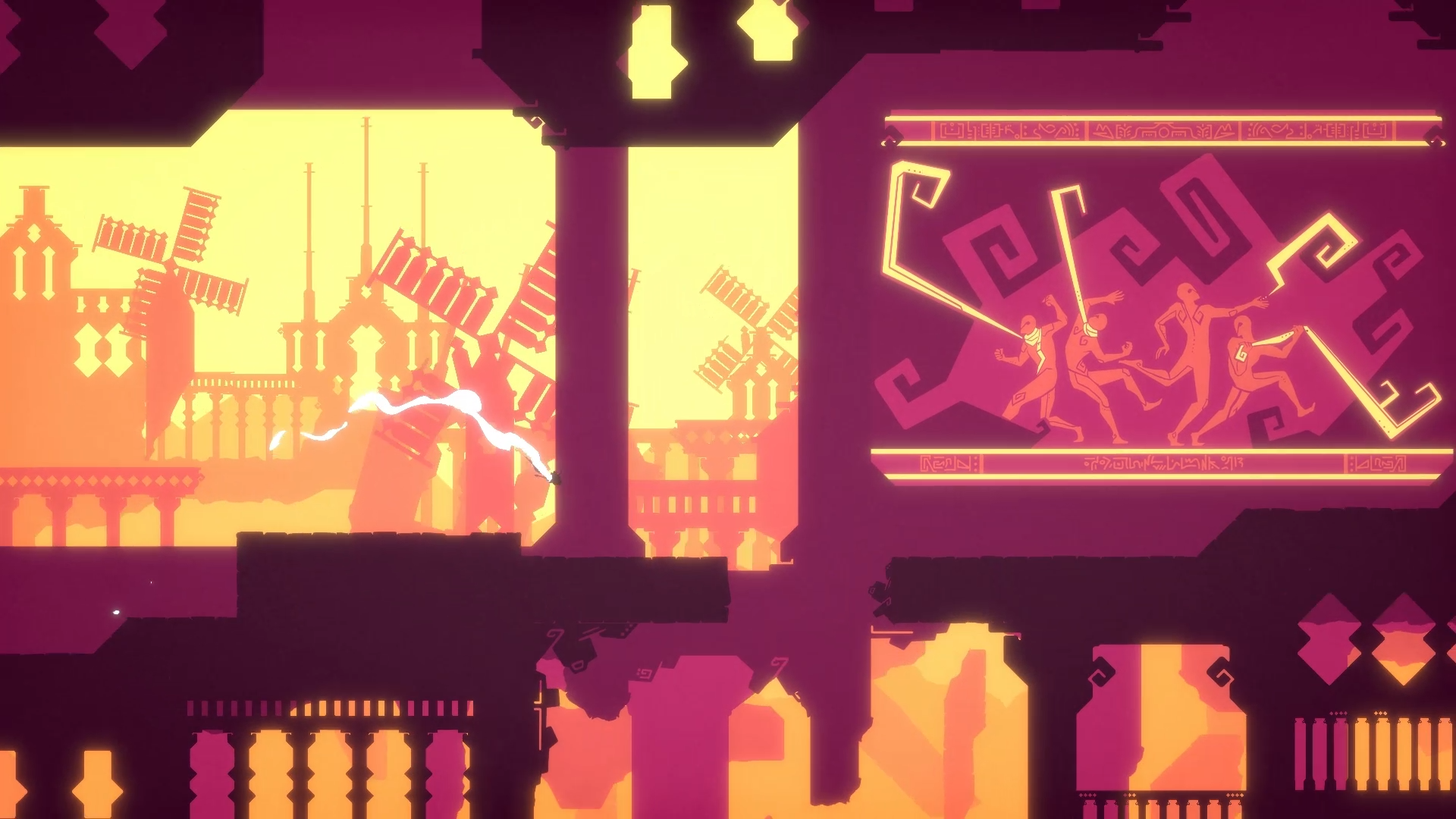
-
The King's Bird Review
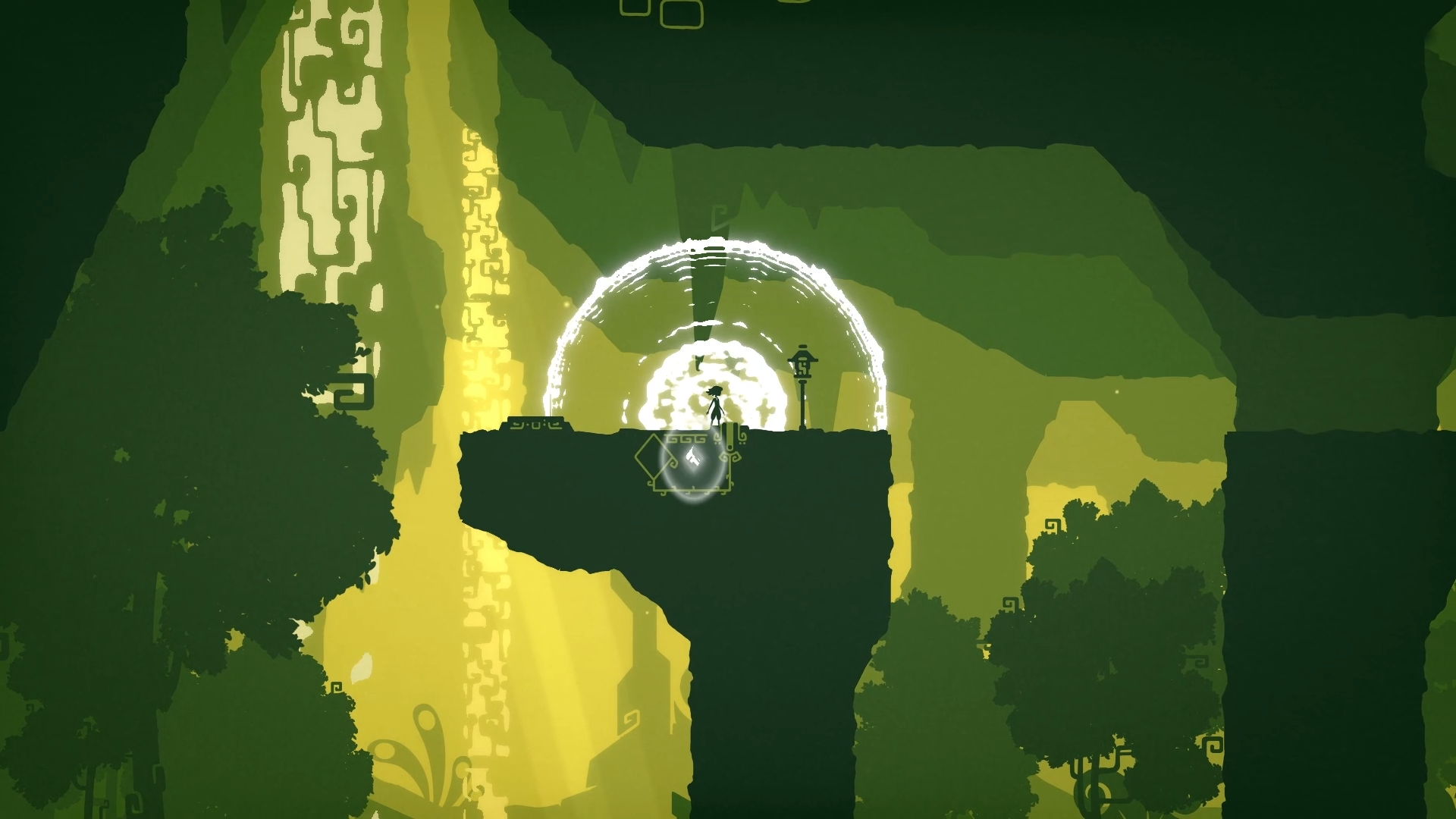
-
The King's Bird Review
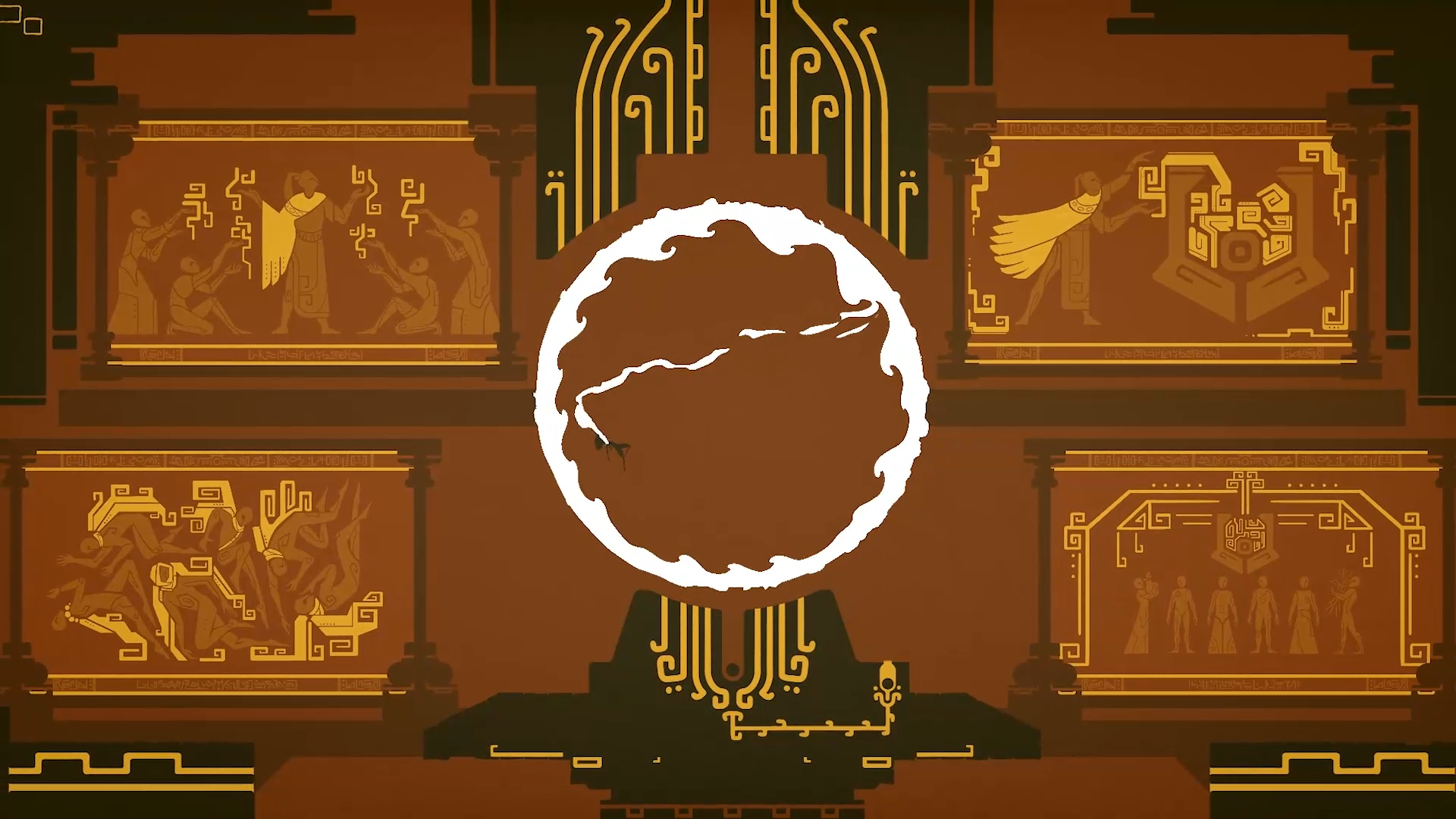
-
The King's Bird Review

-
The King's Bird Review
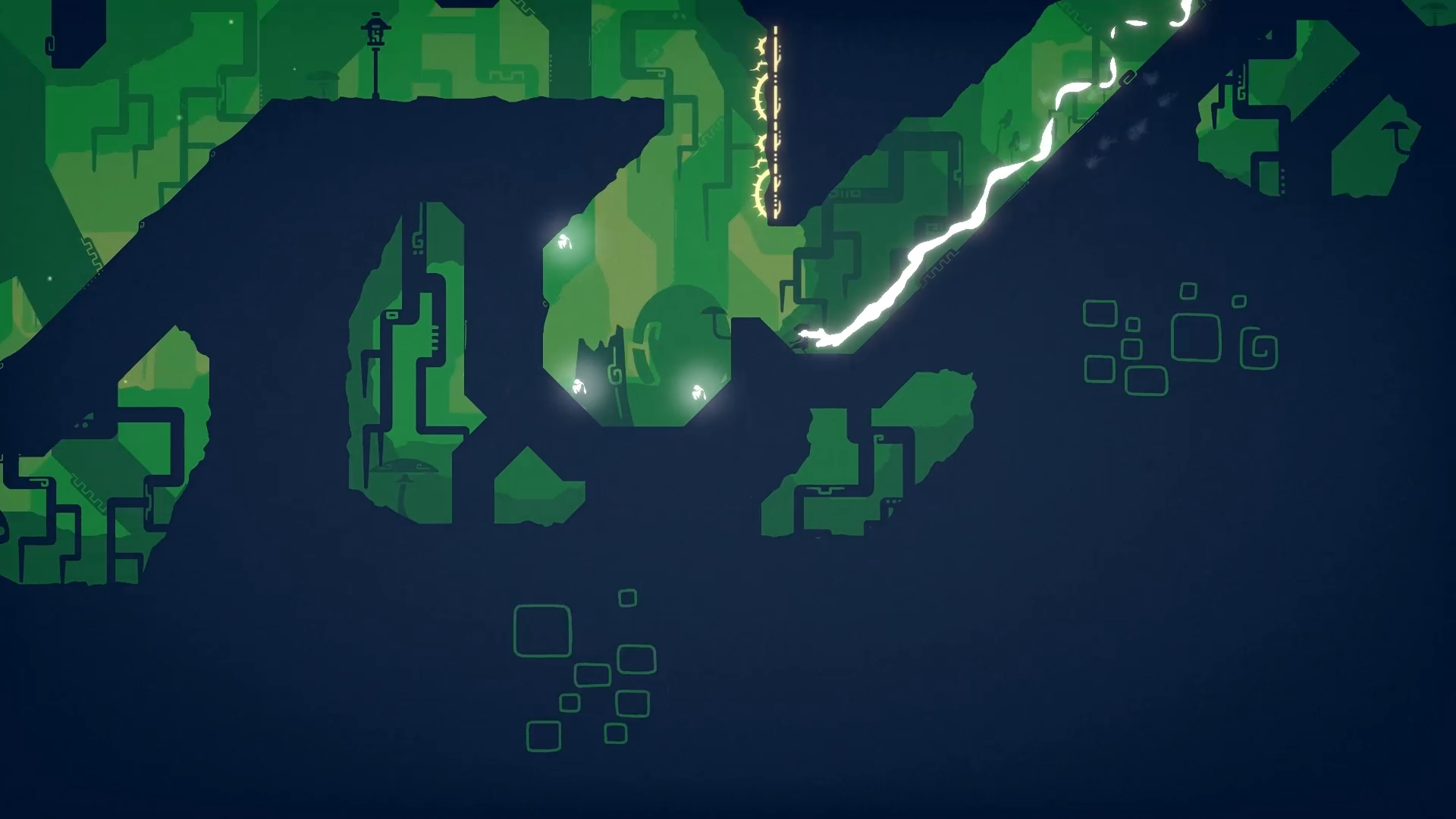
-
The King's Bird Review
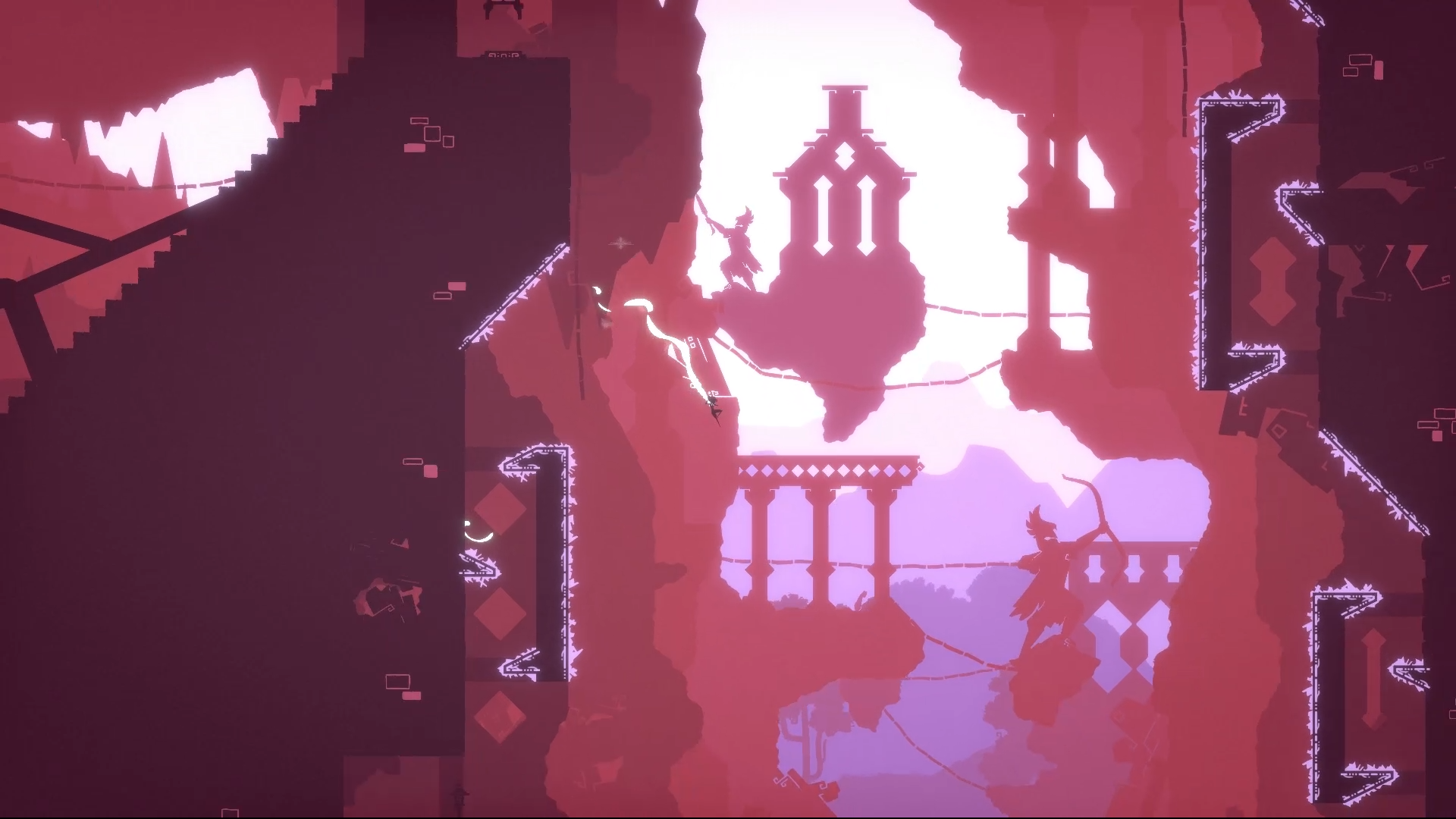
-
The King's Bird Review
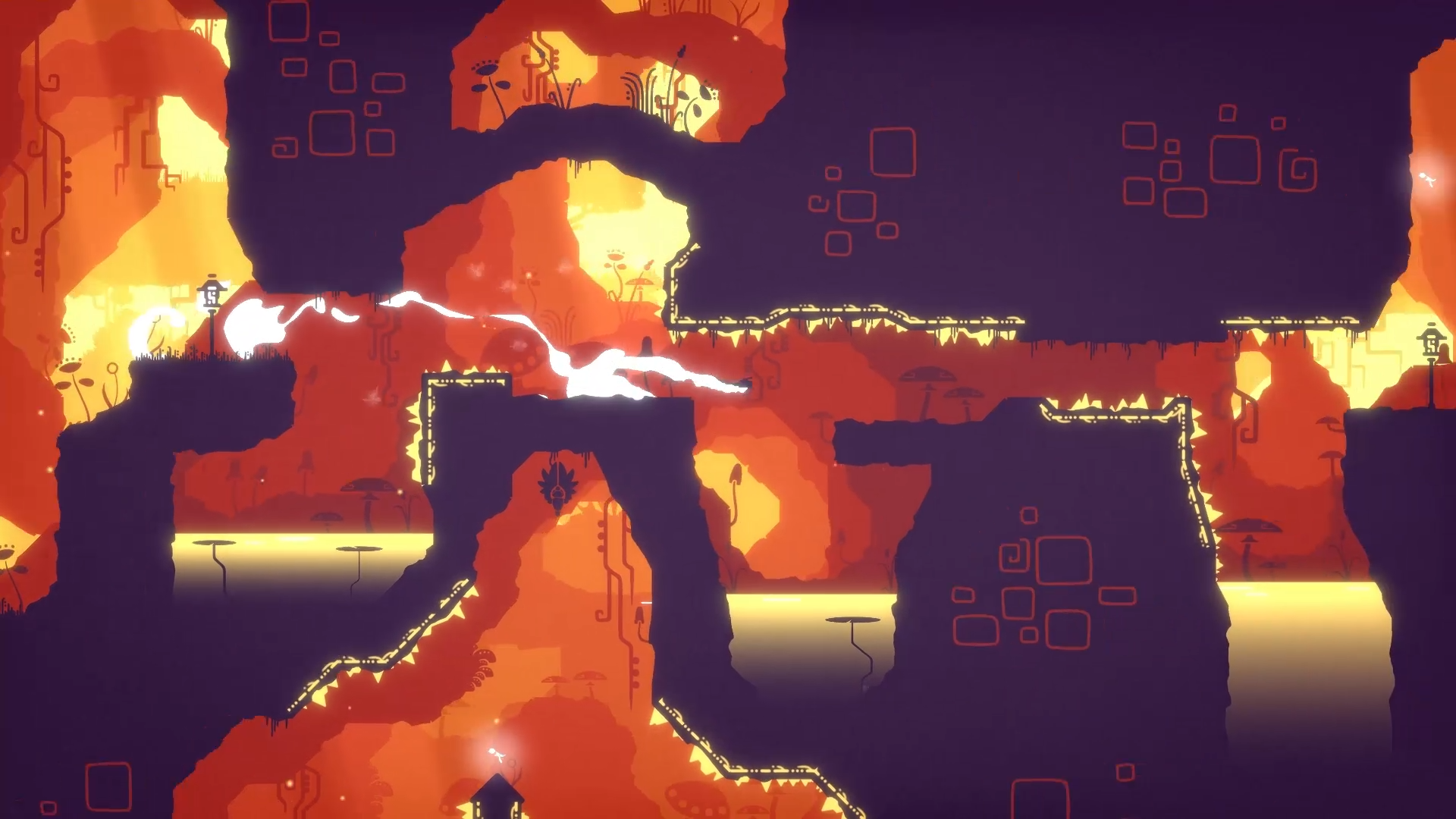
-
The King's Bird Review

-
The King's Bird Review
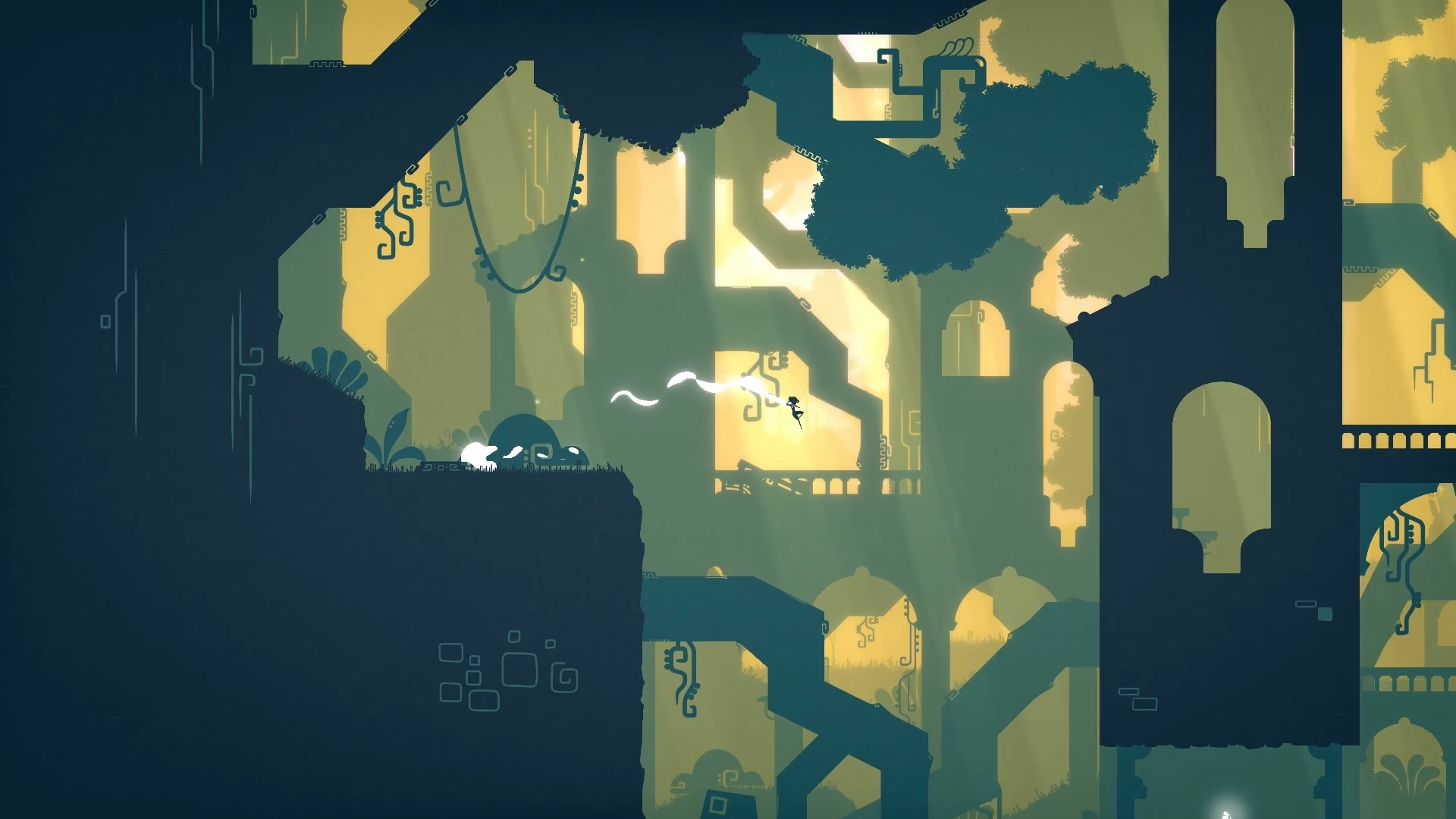
-
The King's Bird Review
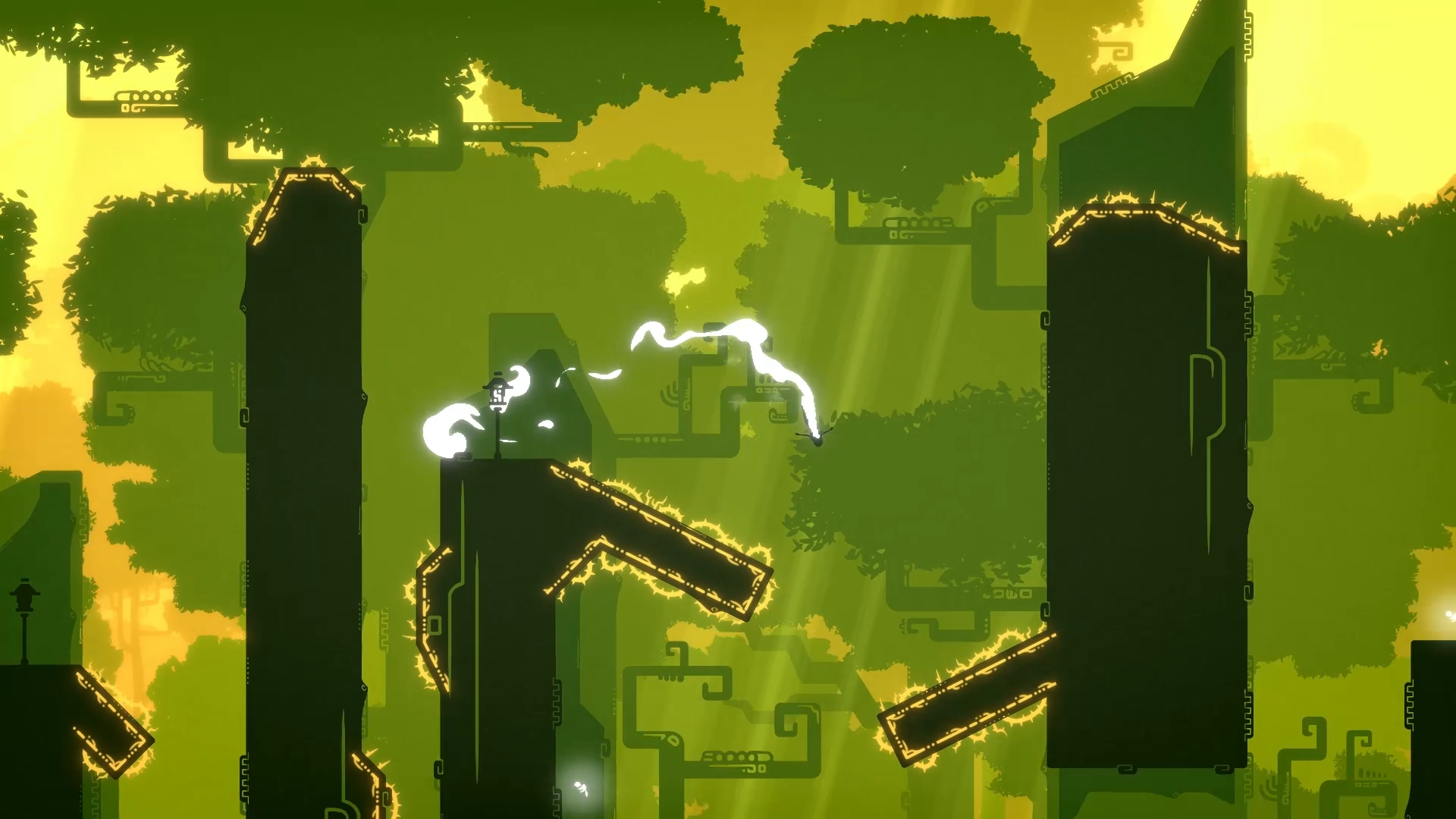
-
The King's Bird Review
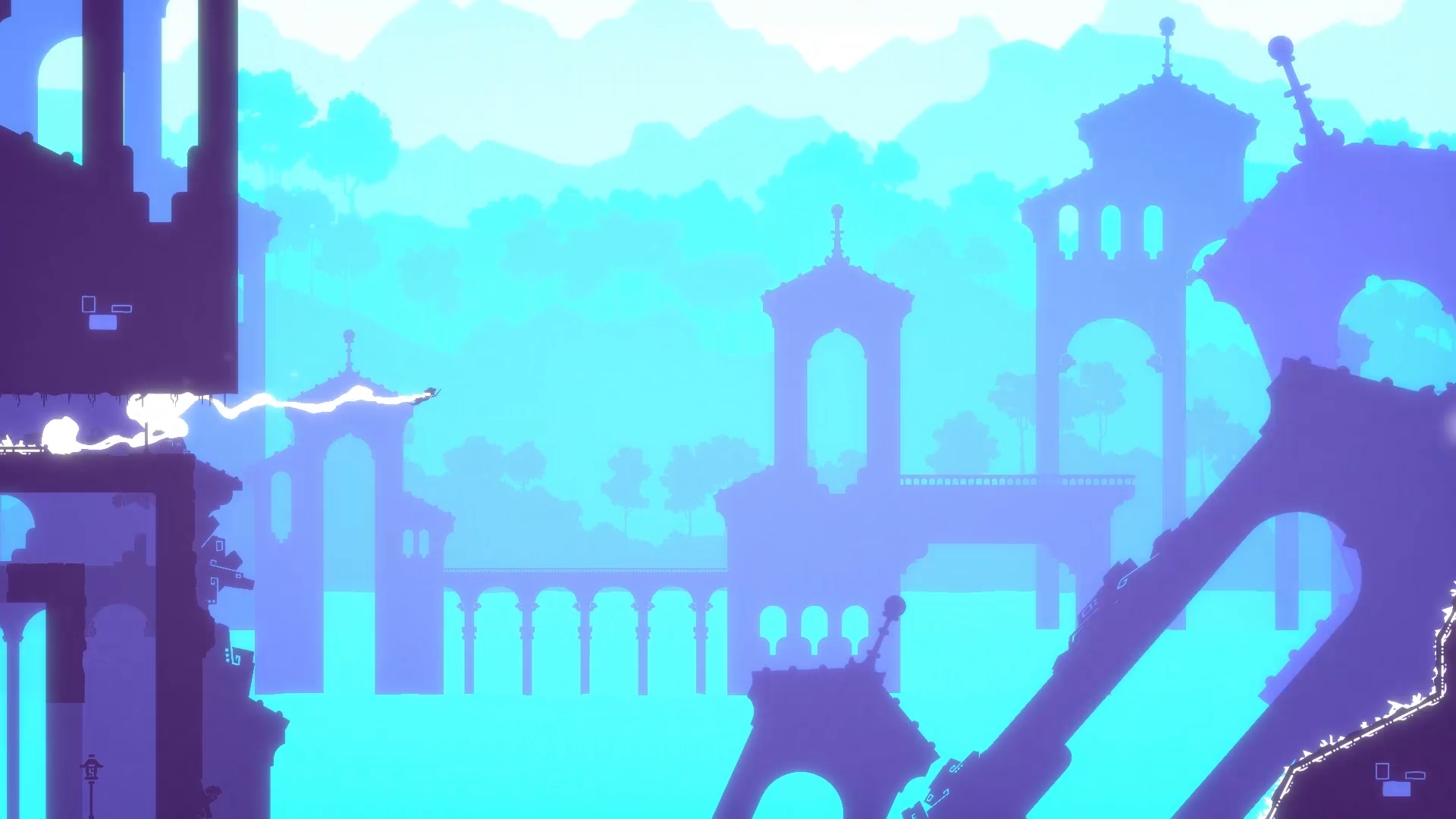
-
The King's Bird Review
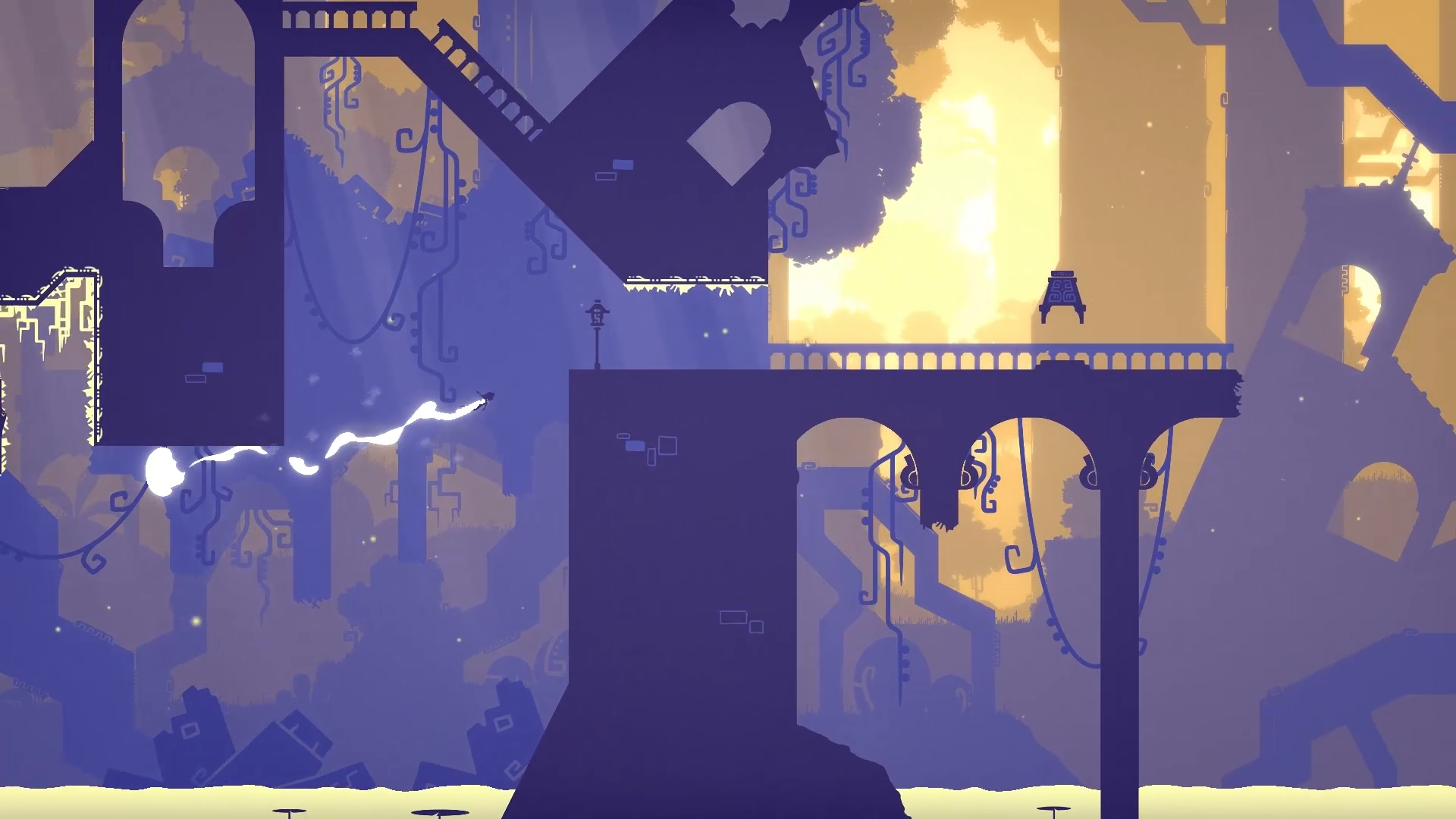
-
The King's Bird Review

-
The King's Bird Review
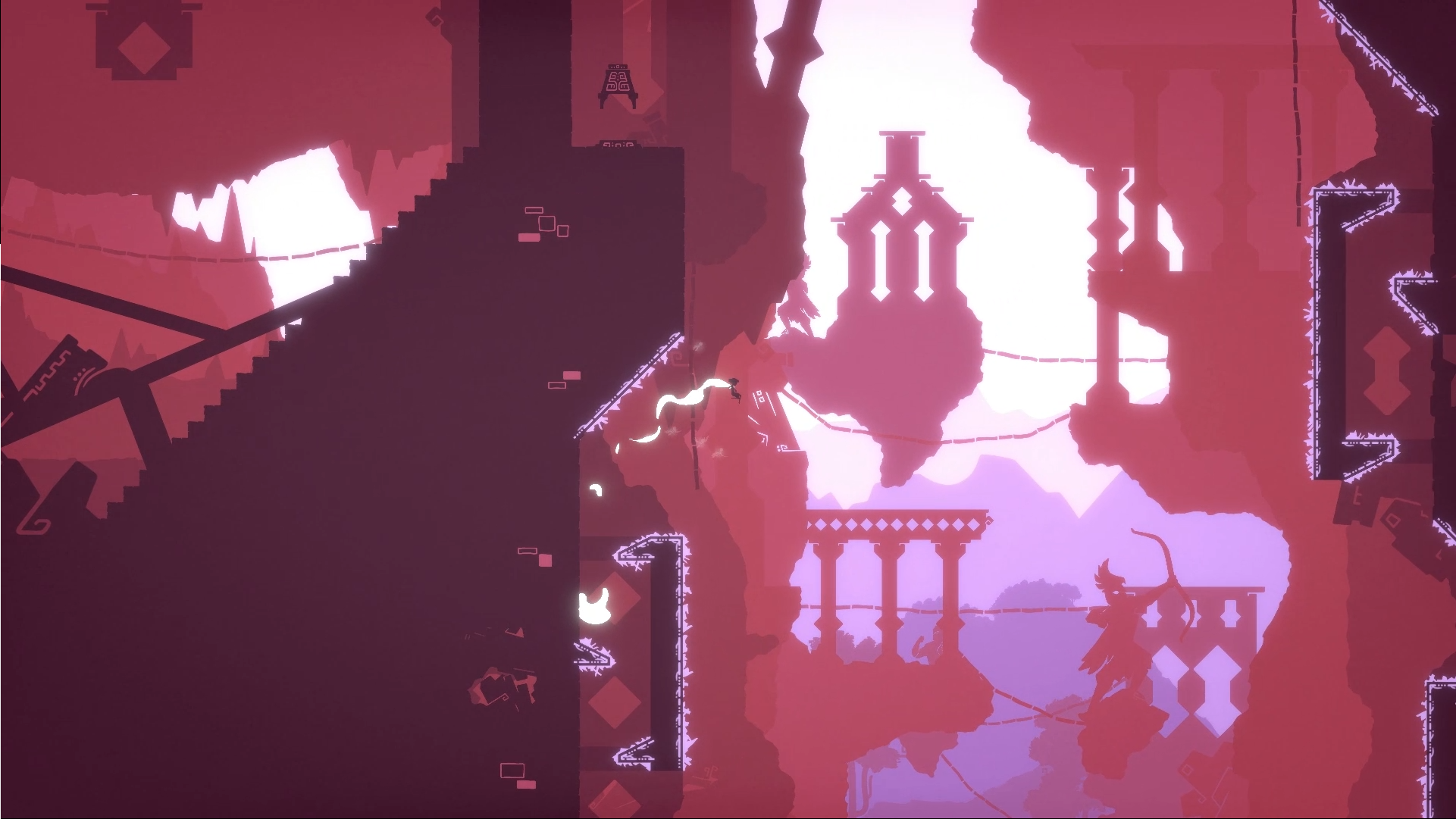
-
The King's Bird Review
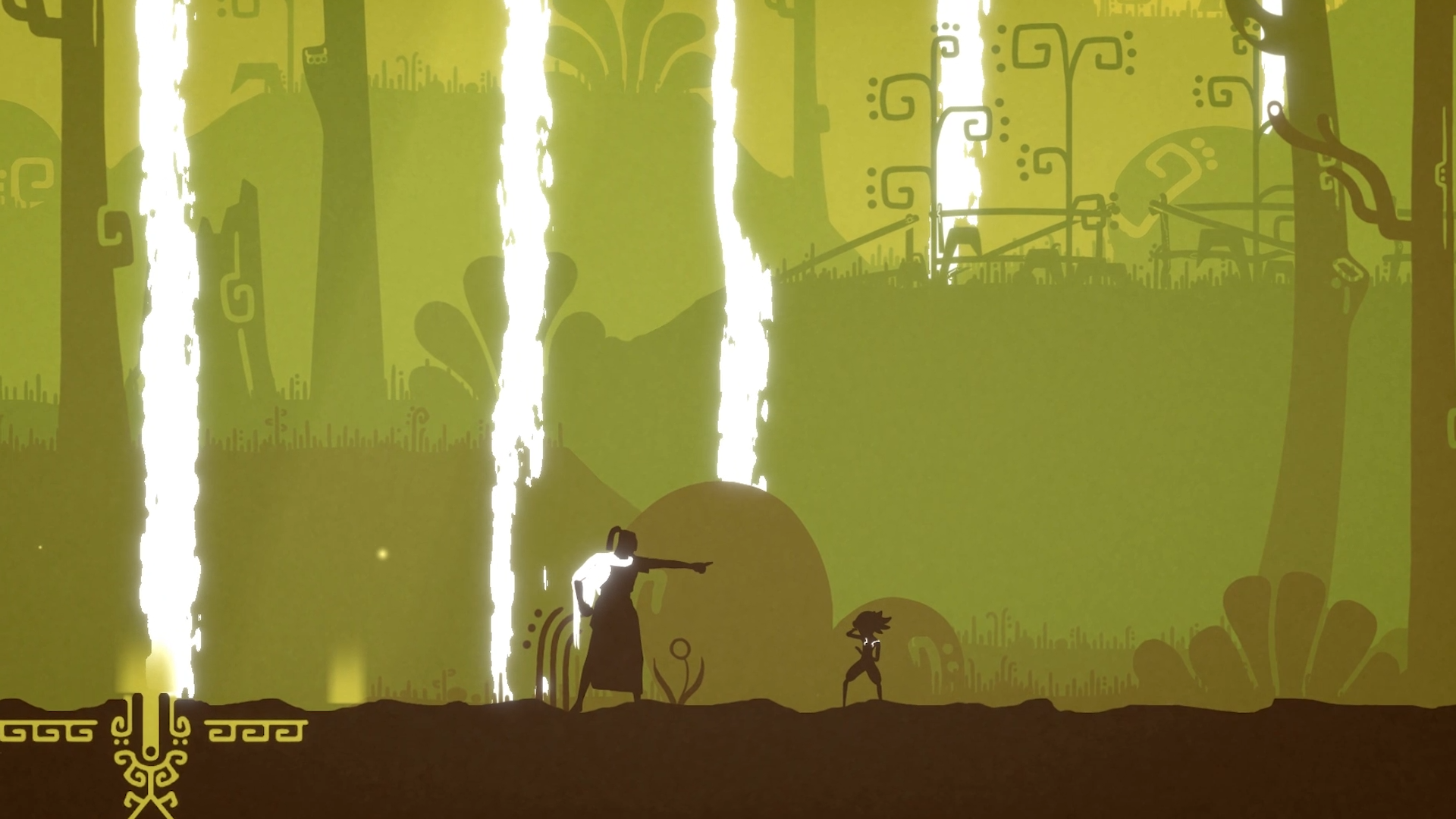
-
The King's Bird Review
